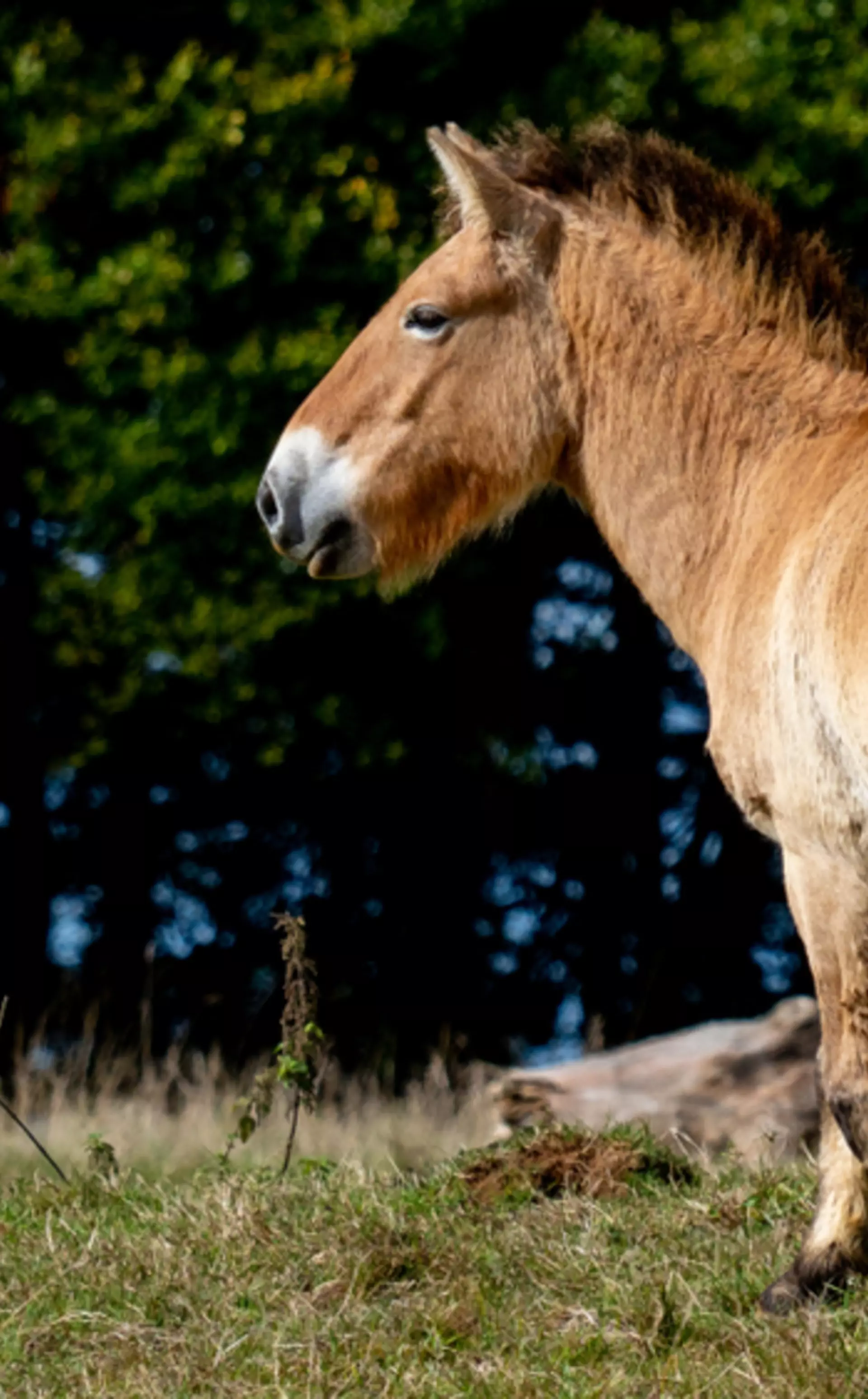
In Zoo Ethics students find themselves sitting on a Zoo Ethics Board faced with a real-life dilemma. After an introduction to the purpose of the modern zoo and the different stakeholders and decision makers present, students are given a number of dilemmas and asked to put themselves in the shoes of these individuals to come up with a solution. Students discover the complexity around ethical decision making as well as how ethics can change with culture, time and perspective.
| Age: KS4 (14 - 16 years old) | Duration: 50 minutes | Capacity: 35 students | Indoor Workshop |

Intended learning outcomes:
Students will be able to:
- List the different areas of ZSL, the ZSL vision and purpose
- Work in groups as an ethics committee to decide on a particular zoo related topic
- List the different people involved in making ethical decisions at a zoo
- Discuss the different perspectives involved in making decisions in a zoo
Online Teaching Resources:
- Support your students' learning before, during or after a visit with our online teaching resources.
AQA GCSE Biology (8461) curriculum links
| 4.7.3.1 Biodiversity |
|
| 4.7.3.1 Maintaining biodiversity |
|
OCR GCSE (9-1) Gateway Science Biology A Specification links
| B6.1 Monitoring and maintaining the environment |
|
Edexcel GCSE (9-1) Biology Specification Links
| Topic 9 -Ecosystems and material cycles |
|
